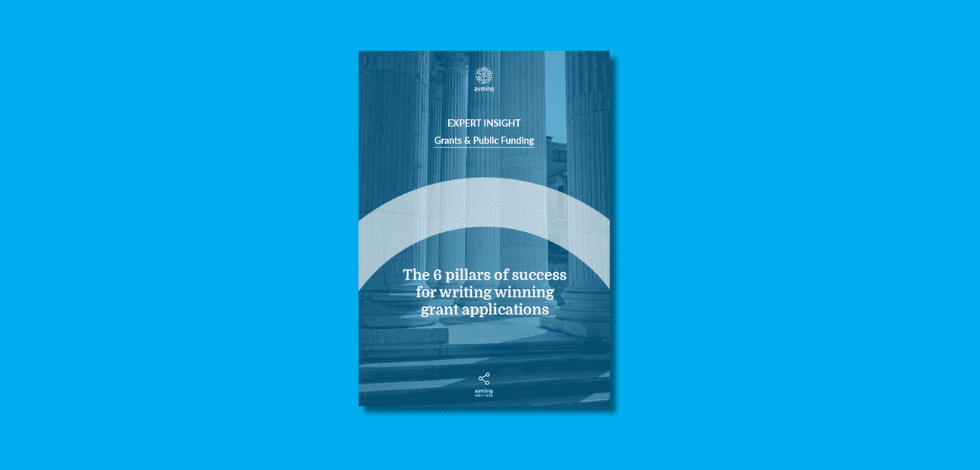A wave of change is reshaping the UK’s Research and Development (R&D) tax relief landscape. After 23 years of established rules and regulations, we’re witnessing a series of transformations that, while mostly welcome, have raised concerns about the speed of implementation and the potential impact on businesses.
Amidst this changing environment, the role of trusted advisors has become increasingly pivotal, helping companies to navigate the evolving landscape. In this article, I want to touch on some of these changes and discuss the implications for business.
The merging of the R&D schemes
The most significant development is, of course, the consolidation of the separate schemes into a merged, single scheme. This move is generally welcomed for several reasons, mainly that a single scheme will be easier to administer and give greater certainty of benefit for many SMEs.
The UK’s current SME scheme is currently reasonably generous. According to our annual Benchmark report comparing global R&D incentives, the UK’s SME scheme falls right in the middle of the graph.
One challenge for the merged scheme is that it will reduce the benefit rate for profitable SMEs from 25% to 15%. Potentially discouraging businesses from investing in R&D which acts against the purpose of incentivisation.
Whilst we see the merging of the R&D tax schemes as a broadly positive move, it’s important to be aware of the challenges that it will bring. The Government needs to carefully monitor the impact of the changes to ensure that they are achieving their desired outcome of stimulating R&D investment in the UK.
The changes to overseas costs in the R&D tax scheme
One of the most prominent topics revolves around overseas costs. While the changes here may not be entirely unexpected, they signify a deliberate shift towards promoting innovation on British soil. Historically, the UK was somewhat unique in allowing certain overseas costs to be claimed under R&D schemes. This feature aimed to make the UK an appealing destination for company headquarters or regional hubs.
The rationale behind this move was clear: the UK alone couldn’t bear the burden of all R&D activities. Allowing overseas costs was a strategic decision to attract businesses to establish their headquarters or regional bases in the UK. This would enable them to consolidate the expenses of subsidiaries under a single corporate entity.
Moreover, the rise of remote working has made cross-border R&D more feasible. Location has become less of a concern, especially in the IT sector. Thus, it was only natural for IT development businesses to leverage these aspects of the R&D tax relief schemes.
Increase in HMRC compliance checks.
HMRC’s Annual Report estimates that error and fraud in R&D tax relief schemes amount to £1.13 billion or 16.7% in 2020-21, with the majority within the SME scheme. The Government is seeking to address this by introducing a new Additional Information Form. They also increased compliance checks across all versions of the R&D tax scheme. Unsurprisingly, there has also been a noticeable uptick in HMRC enquiries into R&D tax claims, particularly those submitted by SMEs. This heightened attention has raised concerns about the competence of caseworkers, communication, and the overall process.
We are certainly supportive of an increase in compliance checks to sniff out fraudulent claims. However, it is negatively impacting legitimate businesses, isolating them from a scheme they are entitled to apply for. The CIOT wrote an open letter to HMRC where they listed concerns that had been raised. These included the lack of basic understanding of the R&D SME regime by the caseworkers in the ISBC team. According to the CIOT, this led to a breakdown of trust between HMRC and taxpayers/agents, discouraging legitimate claims from SMEs and undermining the policy of encouraging R&D.
HMRC’s commitment to improving compliance processes while minimising the impact on genuine R&D claims is crucial. Collaborative efforts between HMRC and representative bodies are essential to ensure a fair and consistent approach. Addressing these concerns collectively will be instrumental in achieving a balanced R&D tax relief system that supports innovation in the UK.
In conclusion, the changes in the UK’s R&D tax relief schemes represent a significant turning point. The adjustments to overseas costs, the merger of schemes, and the increased scrutiny by HMRC all have far-reaching consequences for businesses, particularly SMEs. As these changes unfold, companies must stay informed and adapt to maximise the benefits while navigating potential difficulties. Trusted advisors play a crucial role in this journey, guiding businesses through the evolving landscape of R&D tax relief.
If you’re eager to delve deeper into these topics, explore our on-demand webinars for a more in-depth understanding.















No Comments